Microfluidics pave way for making unique covalent organic framework materials
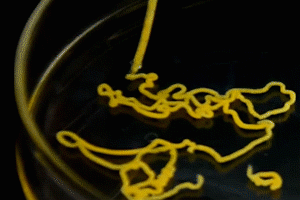
For the first time, scientists have prepared a crystalline covalent organic framework (COF) using a microfluidic device to fine-tune the material’s structure and shape.
COFs are porous, low density crystals with potential applications in catalysis, gas separation and storage. However, synthesising COFs usually requires high temperatures and producing material in bulk, making it difficult to control their morphology.
Now, Ruben Mas-Ballesté and Félix Zamora from the Autonomous University of Madrid, Spain, Josep Puigmartí-Luis at the Swiss Federal Laboratories for Materials Science and Technology and their colleagues have prepared COFs using a microfluidic device.
The team used their device to mix 1,3,5-tris(4-aminophenyl)benzene with 1,3,5-benzenetricarbaldehyde and acetic acid at room temperature. The resulting yellow COF fibres had a sponge-like microstructure that wouldn’t be possible to make under the chaotic mixing conditions during bulk synthesis. The microfluidic prepared material even exceeded the nitrogen adsorption capacity of its bulk synthesised counterpart.
The method makes it possible to 2D or 3D print COFs and allows scientists to fine tune their materials’ morphology.
References
D Rodríguez-San-Miguel et al, Chem. Commun., 2016, DOI: 10.1039/c6cc04013f
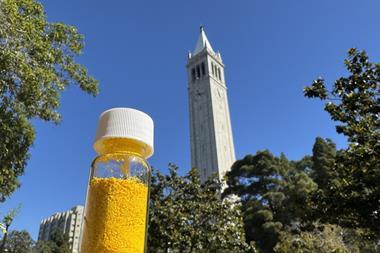
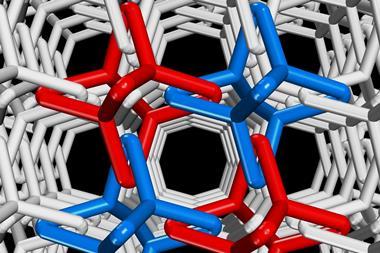
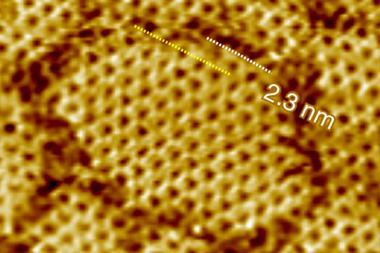
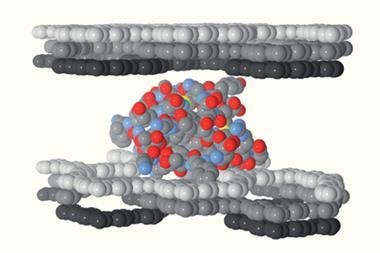








No comments yet